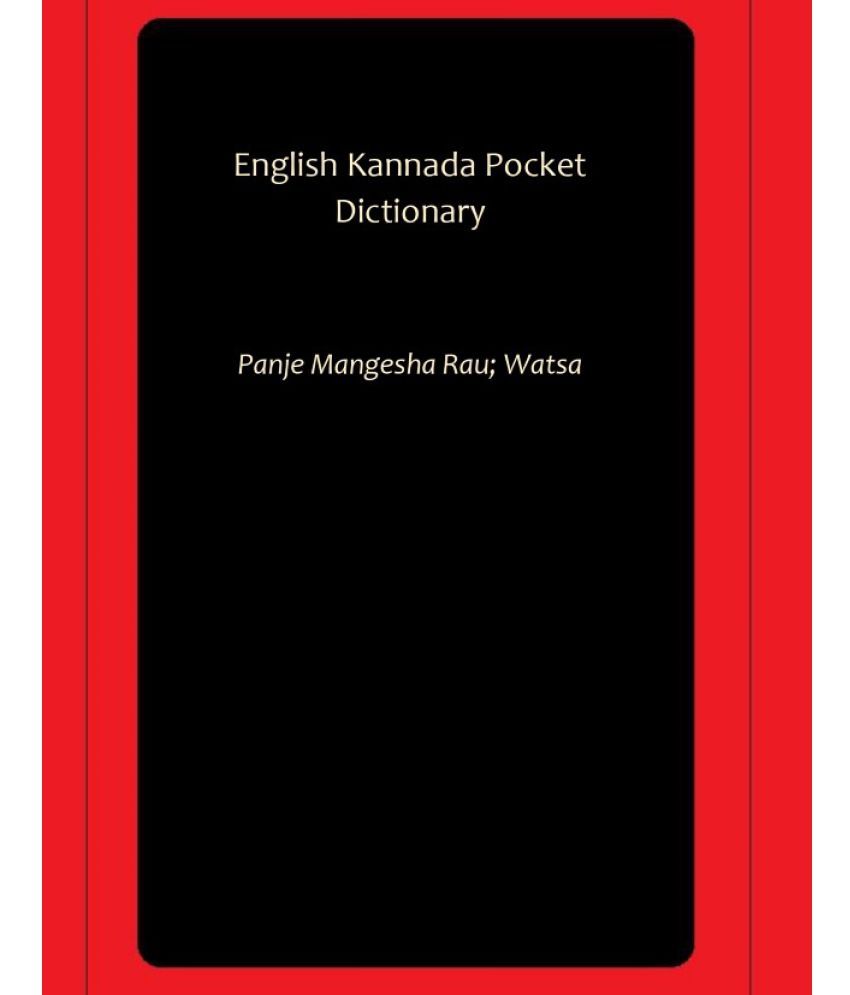

Writing for The New York Times, journalist Manu Joseph states that, due to the prominence and usage of the language and the desire for English-language education, "English is the de facto national language of India. Among Asian countries, Singapore, the Philippines, Malaysia, South Korea and China (including Hong Kong and Macau) received higher scores than India. India ranks 8th out of 24 Asian countries included in the index. The index gives the country a score of 496 indicating "low proficiency". India ranks 50 out of 100 countries in the 2021 EF English Proficiency Index published by the EF Education First. It concluded that approximately 83 million Indians (6.8%) reported English as their second language, and 46 million (3.8%) reported it as their third language, making English the second-most spoken language in India.

259,678 (0.02%) Indians spoke English as their first language. Īccording to the 2011 Census, 129 million Indians (10.6%) spoke English. The number of English-medium school students in India increased from over 15 million in 2008–09 to 29 million by 2013–14. According to statistics from the District Information System for Education (DISE) of the National University of Educational Planning and Administration under the Ministry of Human Resource Development, Government of India, enrollment in English-medium schools increased by 50% between 2008––14. Among women, 83% (34,489) spoke no English, 17% (7,064) spoke at least some English, and 3% (1,246, roughly 17.6% of those who spoke at least some English) spoke English fluently.

Īccording to the 2005 India Human Development Survey, of 41,554 surveyed, households reported that 72% of men (29,918) spoke no English, 28% of them (11,635) spoke at least some English, and 5% of them (2,077, roughly 17.9% of those who spoke at least some English) spoke fluent English. Of those, approximately 200,000 reported that it was their first language, 86 million reported that it was their second, and 39 million reported that it was their third. Īccording to the 2001 Census, 12.18% of Indians knew English at that time. Only a few hundred thousand Indians, or less than 0.1% of the total population, speak English as their first language, and around 30% of the Indian population can speak English to some extent. Status Īfter gaining independence from the British Raj in 1947, English remained an official language of the new Dominion of India and later the Republic of India. Furthermore, English is the sole official language of the Indian Judiciary, unless the state governor or legislature mandates the use of a regional language, or if the President of India has given approval for the use of regional languages in courts. English is also an official language in seven states and seven union territories of India, and the additional official language in seven other states and one union territory. English is used by the Indian government for communication, along with Hindi, as enshrined in the Constitution of India. Indian English ( IE) is a group of English dialects spoken in the Republic of India and among the Indian diaspora. Problems playing this file? See media help. For an introductory guide on IPA symbols, see Help:IPA. Without proper rendering support, you may see question marks, boxes, or other symbols instead of Unicode characters. This article contains IPA phonetic symbols.


 0 kommentar(er)
0 kommentar(er)
